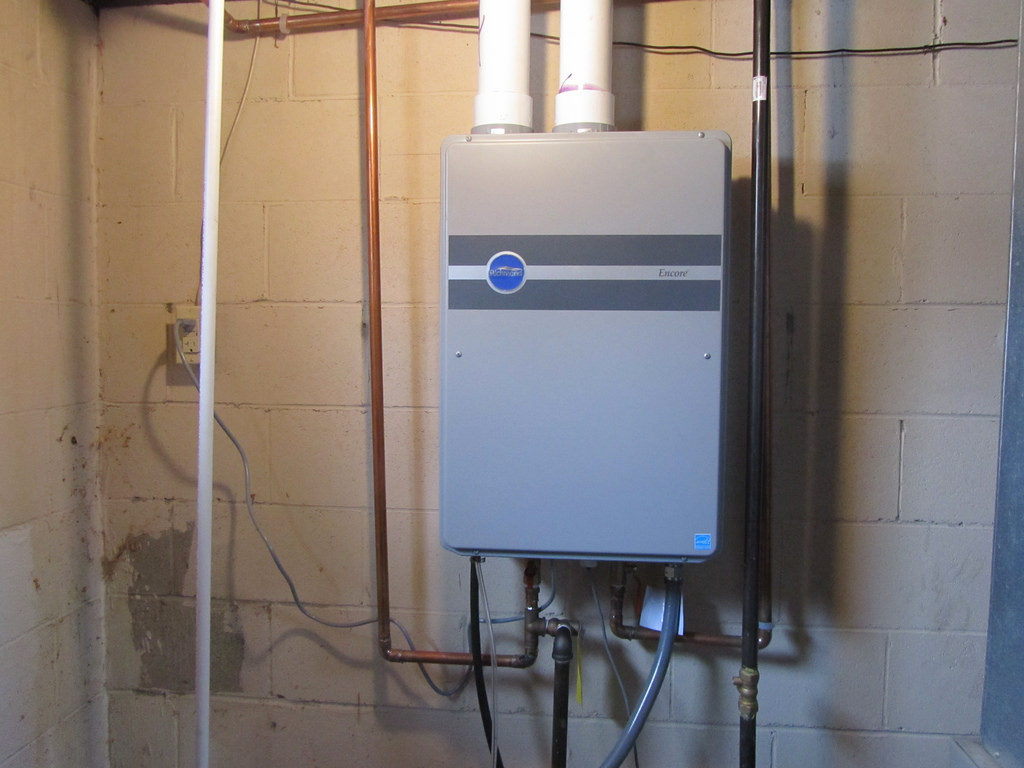There are a number of things that can wear out or stop working on your water heater, which can result in what might seem like there’s no hot water working in your house. What to do and what to look out for is explained below.

No Hot Water – Electric Water Heaters
There are only a limited amount of reasons why an electric hot water system will not operate at all. You can start checking out what the problem is by looking at these areas:
- Grounded Element – A broken heating element can ground out. Water heater element replacement is necessary.
- Grounded Thermostat – An ineffective thermostat may short to ground. Replacing of component.
- Accidental Grounding – Look for any objects shorting across wiring connections.
- Tripped Reset Button – Tripping regularly might be the sign of a dodgy reset button. Replace the component.
- Wire Short – Frayed or damaged wiring can lead to a direct short. Important! Replace all faulty wiring immediately to prevent a potential future fire.
- Water Leakage – Leaking elements can at times be tightened, but should be replaced if tightening does not work. A leaking tank indicates that the water heater must be replaced.
- Undersized Fuse or Breaker – Replace the faulty device with one rated for a higher amperage.
- Weak Breaker – Circuit breakers can and do fail over time, and need to be replaced.
No Hot Water – Gas Water Heaters
- Gas units have other problems than electric ones, but both kinds can sometimes be repaired. If not, best to get a good plumber in just to make sure it’s done safely.
- If there is no hot water at home, check:
- No Gas – The water heater cannot stop gas from reaching the pilot light and burner. Just make sure that the gas is on and the gas valve is in the open position.
- Pilot Light – If the pilot light is not lit but you do have a gas flow, check these components:
- Thermocouple – The tip of the thermocouple if working correctly, should be in the flame of the pilot light and be tightly connected to the gas line.
- Air in Line – Check the gas flow and try relighting the pilot light a few times to force air out of the line.
- Clogged Up Pilot Orifice – This component can simply be removed and cleaned to boost the water heater operation.
- Clogged, Crooked or Defective Supply Line – Any kind of holes in the gas line can cause irregular heating. Replace defective lines straightaway.
- Damaged Gas Control Valve – This component prevents gas from reaching the pilot or burner. These valves cannot be repaired, but are cheap enough to replace.
- Soiled or Clogged Burner – Soot has built upon the main burner, preventing proper heating or perhaps blocking burner ignition entirely. Remove it and clean.
- Ventilation – The flue can become blocked by outside events such as storms or rodents. Cleaning the flue is easily done, but can be somewhat messy. Strong winds can blow out the flue, extinguishing the pilot.
- Should you be in W. Australia, and requiring any professional, experienced and affordable services, plumbing in Perth by Peter Stannard Plumbing & Gas are the way to go. Check them out!
Seems like quite a few things can go wrong there, right? As you well know, having available hot water throughout the year is a major concern, so make sure to don’t go without!